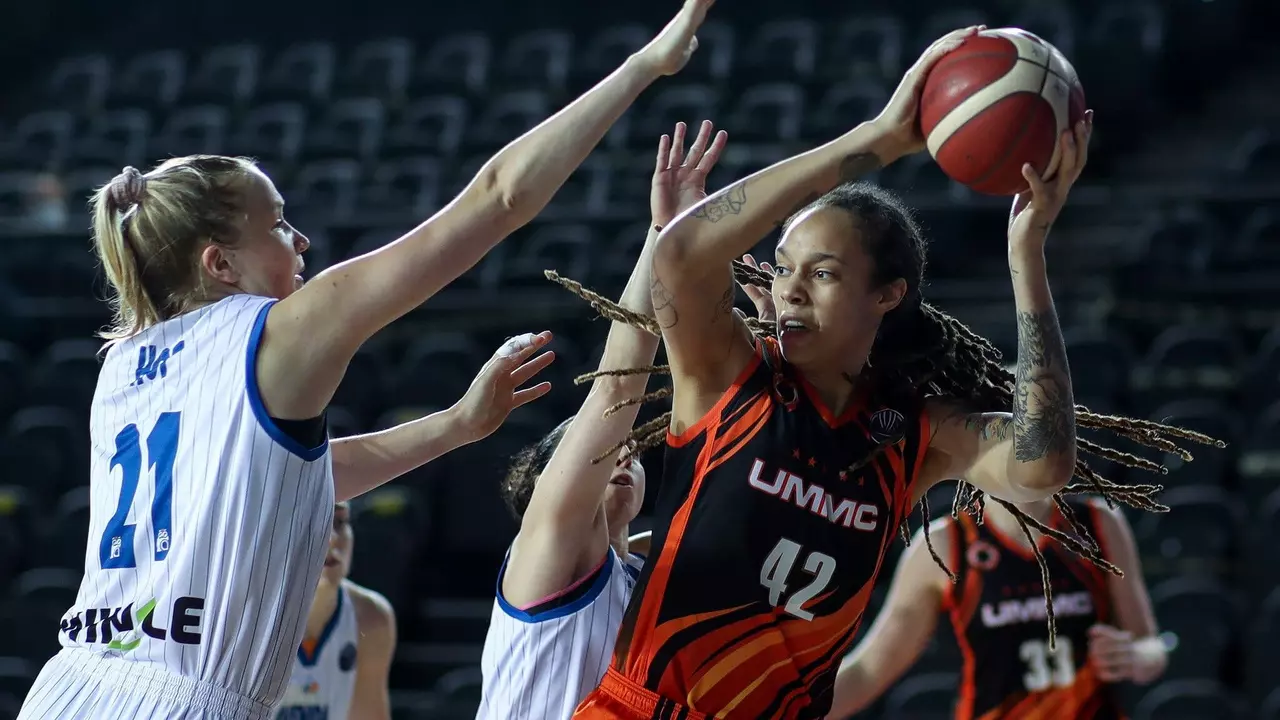Off Season: What Happens When the Games Pause
When talking about off season, the stretch between competitive fixtures where teams regroup, plan, and often hustle behind the scenes. Also known as off‑season, it’s the period that sets the tone for the next campaign, influences fan engagement, and drives business moves across sports.
One key pillar of any off season is the training period, a structured phase where athletes focus on strength, skill upgrades, and injury prevention. During this time, coaches design split‑sessions, nutrition plans, and recovery protocols that keep players sharp while the schedule sits idle. The training period often overlaps with preseason friendlies, giving fans a glimpse of fresh tactics before the official kick‑off.
Another heavyweight in the off season arena is player contracts, the legal agreements that dictate salaries, bonuses, and length of stay for athletes. As games wind down, clubs negotiate extensions, releases, or new signings, and players weigh options like overseas leagues or free‑agency moves. This contract activity can reshape team rosters dramatically, affecting everything from on‑field chemistry to merchandise sales.
The transfer window, the designated periods when clubs can buy, sell, or loan players, is the calendar’s answer to off season activity. Whether it’s the summer window in European football or the NBA free‑agency period, these windows trigger a flurry of rumors, media coverage, and strategic planning. The timing of the transfer window often dictates how aggressively teams rebuild or reinforce after a season’s end.
Fans don’t sit idle either. Off season streaming options fill the void left by live matches, offering classic game replays, documentary series, and behind‑the‑scenes content. Platforms like YouTube TV, Sky Sports, or specialty apps provide free or trial access, letting enthusiasts stay connected while their favorite leagues rest. This content binge can deepen fan loyalty and keep the sport’s buzz alive during the lull.
From a business perspective, off season is also a prime time for sponsorship renewals and marketing pushes. Brands launch campaigns aligned with upcoming seasons, leveraging the anticipation built during the break. Clubs use the interval to upgrade facilities, launch community initiatives, and solidify their digital presence, all aimed at boosting revenue before the next round of ticket sales.
Meanwhile, athletes often explore personal development projects: charity work, media appearances, or even dabbling in music releases—think of a pop star’s album dropping during a league’s downtime. These side ventures not only broaden their brand but also keep the public eye on them when the sport’s regular rhythm pauses.
All these moving parts—training, contracts, transfers, streaming, and marketing—interlock to make the off season a dynamic, strategic phase rather than a simple break. Below you’ll find a mix of articles that dig into each of these aspects, from free streaming guides for the Ryder Cup to deep dives on player contract trends and how teams plan their preseason preparations. Ready to explore the full spectrum of off‑season action? Let’s jump in.
Why do WNBA players go overseas to play in the off season?
Well, folks, you'd think after a grueling WNBA season, our hoop heroes would relish a little R&R, right? But nope, they're packing their bags and flying overseas faster than you can say 'double dribble'! Why, you ask? It's all about the moolah, my friends. Turns out, these ladies can earn up to 12 times more overseas than what they make in the WNBA, plus they get to travel the world and experience different cultures. Who wouldn't swap their couch for that?
